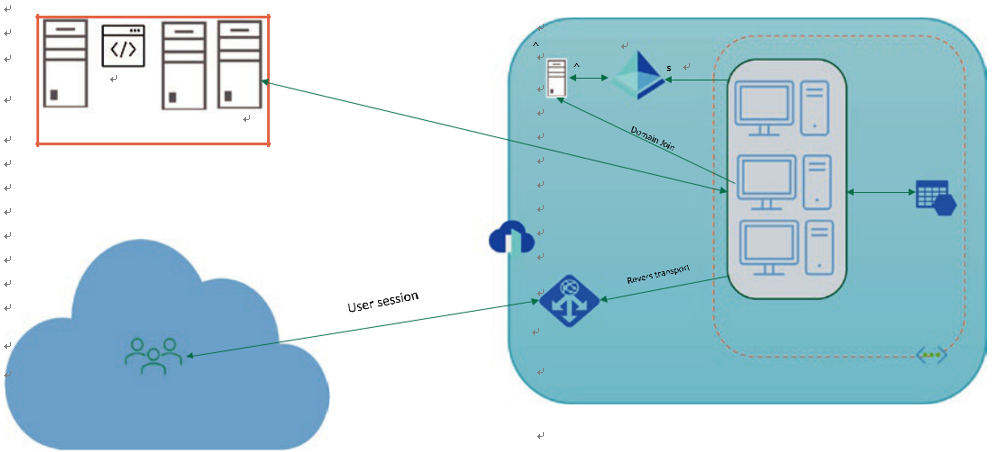Plan forFSLogix – Implement and Manage FSLogix
Plan forFSLogix
FSLogix enhances and simplifies nonpersistent Windows computing environments. AVD recommends FSLogix profile containers as a user profile solution. FSLogix is designed to roam user profiles in Azure Virtual Desktop by storing a complete user profile in a single container on remote storage. A user profile contains data elements about an individual, including configuration information such as desktop settings, persistent network connections, and application settings. At the time of user sign-in, this container dynamically gets attached to the Azure Virtual Desktop session host using a natively supported virtual hard disk (VHD) and Hyper-V virtual hard disk (VHDX). The user profile is immediately available and appears in the system exactly like a native user profile at the time of sign-in.
By default, the Windows operating system creates a local user profile that is tightly integrated with the OS, but FSLogix allows you to use a user profile on a remote file share/storage. See Figure 6-1.

Figure 6-1. FSLogix remote user profile on Azure storage
User profiles can be copied to and from the network when a user signs in and out of AVD, but user profiles can often be large, and sign-in and sign-out times often became unacceptable due to coping profiles to network storage. That’s where FSLogix helps to redirect a profile instead of copying it from the network. FSLogix containers redirect user profiles to a network location, and user profiles are placed in VHDx files so that they can easily be mounted at runtime/sign-in time. Mounting and using a profile on the network eliminates the delays often associated with solutions that copy files.
Are Multiple User Profile Connections Possible?
Having concurrent or multiple connections to user profiles means the user is connected to multiple hosts/sessions and using the same user profile stored on remote storage. Concurrent or multiple connections are not recommended in Azure Virtual Desktop, because they may result in temp profiles on a concurrent session and lead to data loss. The best practice is to create a different user profile storage for each host pool. Users cannot have concurrent sessions on the same host pool, so you can use only one profile storage per host pool.
